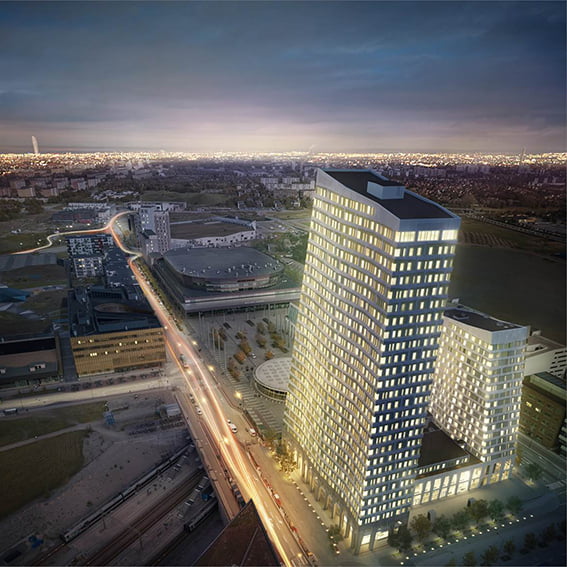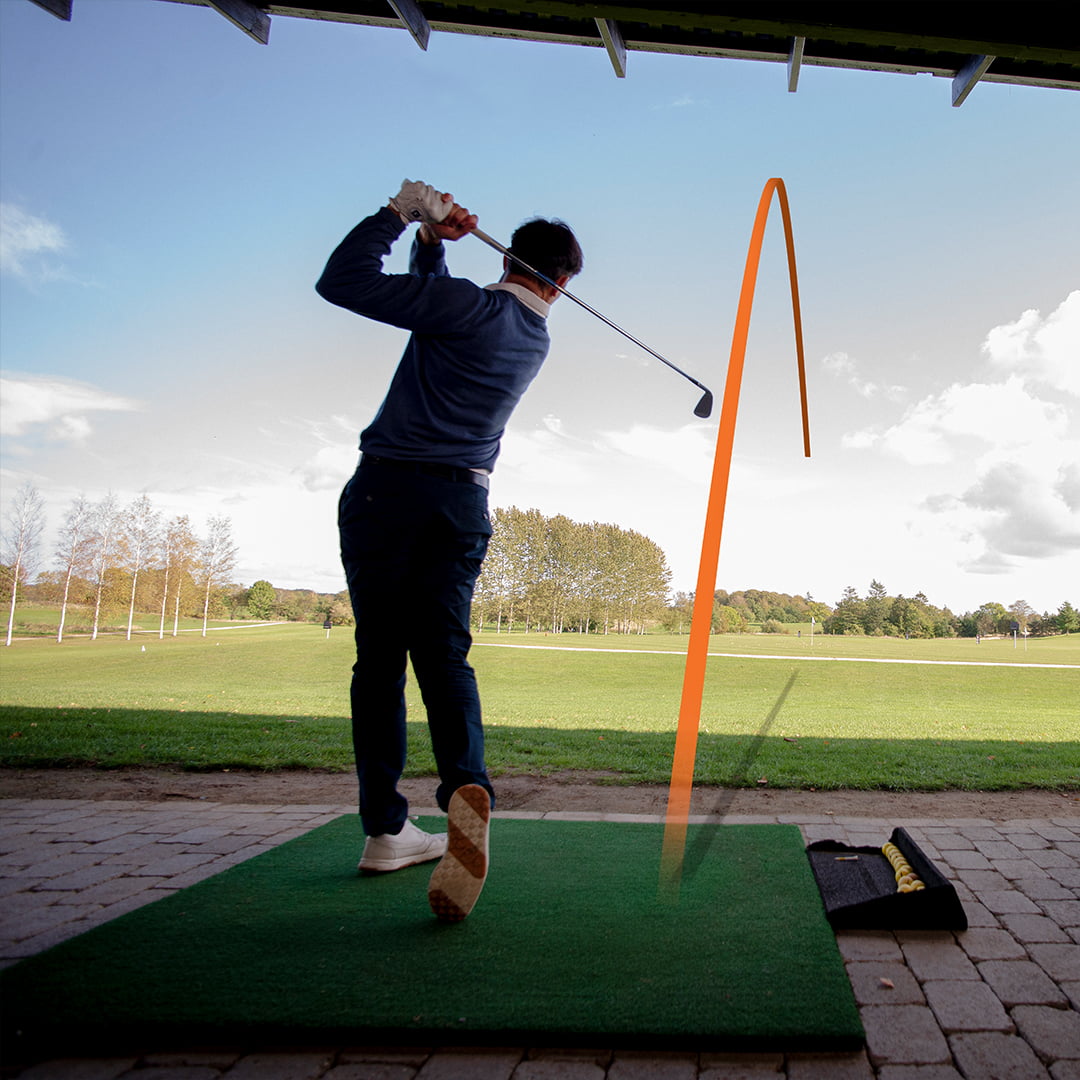Links Course
Rolling landscapes and expansive greens
The Links Course is a classic timeless 18-hole course created in harmony with nature. From the entire Links Course you have a view of the brick-clad clubhouse and on a clear day you can see all the way to Malmö’s Turning Torso. The course’s difference in level of over 20 meters provides a challenging and exciting golf experience.
But can you really call a course located a few miles from the coast Links? As such, the concept is strongly associated with the strip of land that connects the sea to the cultivated land. Anglophile puritans may grumble a little. But of course we meet all the characteristics that characterize a Links: Hard fairways, preferably slightly browned. Large hard undulating greens. Few, if any, trees and quite a few deep smaller bunkers. Occasional water obstacles. And then the beautifully yellow flowering gorse bushes in spring.
Well, the Links Course is a modern links, with distinct features from some of the very best and most famous courses in the British Isles. But now we are Skåne and the well-known and stunningly beautiful beech forest that surrounds the Links Course clearly confirms the geographical home. The rolling landscape is more than inviting. The swaying rough grass stands out beautifully against the woolly little white clouds traveling across the blue sky. The absolute intoxication of the moment.
Annika Sörenstam opened the Links Course on a stormy day in June 2009. It was such a stormy day that the first opening shot came from a raised batting cage inside the restaurant and out through open glass doors.
Track record
The Links Course has hosted several high-level competitions. Many of Sweden’s top golfers have competed on the course, and with that comes good results. Here are the course records on the Links Course:
Women’s record: 68 strokes by Therese Nilsson(Örestads Golfklubb) during the PGA of Sweden National Open – SAS Masters Tour 2009.
Men’s record: 65 strokes by Alexander Björk(Växjö Golfklubb) during the same competition.
Hole in one
Over the years, many golfers have scored a hole in one on the Links Course – an impressive combination of precision and luck on our modern links course in Skåne. Below you can see which players managed to achieve this feat, hole by hole































